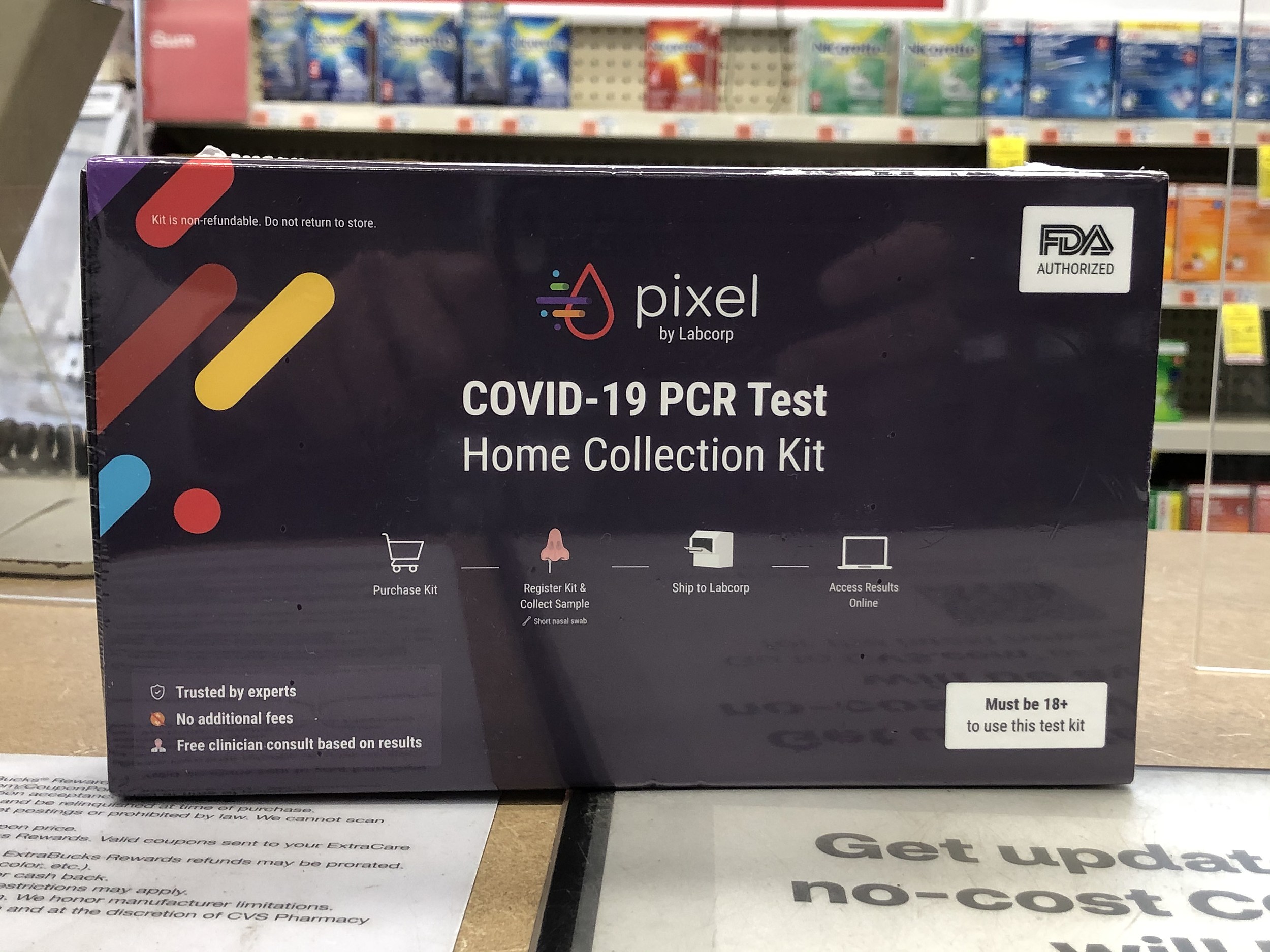Table of Content
There is no specific normal or abnormal level of PSA in the blood. In the past, PSA levels of 4.0 ng/mL and lower were considered normal. However, some individuals with PSA levels below 4.0 ng/mL have prostate cancer and many with higher PSA levels between 4 and 10 ng/mL do not have prostate cancer . We compare the effectiveness, benefits, risks, and costs of surgery and radiation in treating prostate cancer. PSA tests can be a valuable tool to help you get preliminary answers about your prostate health.
According to LetsGetChecked, even seemingly simple activities, like riding a bike, may increase your PSA level. It’s best to refrain from exercise for a few days prior to testing. The Pinnacle BioLabs HomeLab PSA micro test is an easy to use at-home PSA testing kit. The company also offers screening tests for colon cancer and other colon conditions.
Kit Contents
Because the role of PSA testing is highly individualized, it’s important to seek testing only under the care and guidance of a doctor. That’s why it’s difficult to detect prostate cancer without regular medical examinations. In the United States, a PSA test alone is not enough to diagnose someone with prostate cancer – although it can detect aggressive forms of the cancer or a slower-growing cancer. Most men are now offered another PSA test, a test for urinary tract infections, or – in some cases – an ultrasound. The most important risk factor for prostate cancer is age.

Most people with penises will get a PSA test in their lifetime. Depending on your age and risk factors, your doctor may encourage one. If your total PSA falls in the borderline range (between 4 and 10 nanograms per milliliter [ng/mL]), your doctor may take a percent-free PSA test. A lower percent-free PSA means that your chance of having prostate cancer is higher. In some cases, an elevated PSA level can be a sign of prostate cancer.
The Top 5 At-Home PSA Test Kits of 2022
The AUA, though, is highly biased in favor of testing, because its members make significant income from PSA tests and the subsequent follow-ups. The problem is that, as a large body of evidence has now shown, most prostate cancers are slow-growing, "indolent" tumors that don't kill you, at least not before something else does. Prostate cancers can produce more PSA per volume of tissue than benign prostate conditions can.

Results of PSA tests are reported as nanograms of PSA per milliliter of blood (ng/mL). There's no specific cutoff point between a normal and an abnormal PSA level. Your doctor might recommend a prostate biopsy based on results of your PSA test. Some prostate cancers detected by PSA tests will never cause symptoms or lead to death.
Should you get a PSA test?
Simply follow the instructions to collect a blood sample for the home PSA test, which you’ll send into our partner laboratory for a detailed lab analysis. Within a few days, you’ll have your results report, clearly explaining the outcome and providing suggested next steps. Initially, many doctors may order another PSA test to confirm findings from the initial test. Another test that may be ordered is a digital rectal exam . The doctor conducts an exam using a gloved hand and lubricated finger and inserts the finger into the rectum to feel the prostate gland to determine if it is enlarged. DREs may be recommended at regular intervals to monitor changes.
Depending on your age and family history, your doctor will likely recommend how often your PSA levels should be tested. Your PSA results can also factor into how often you need testing. After activating the kit, customers collect a blood sample via finger prick and ship the sample in the mail. LetsGetChecked gives you confidential results within 2 to 5 days and provides 24/7 access to nurses who can explain the results.
Positive For Prostate Cancer
If your PSA level is high, a prostate biopsy is the only way to find out if the cause is cancer. Take your sample for the cerascreen® PSA Test at home – without hours of doctor’s visits or waiting times! The home PSA test is a blood test, for which you only need a small finger prick of blood.

PSA density measurements adjust PSA values for prostate volume. Measuring PSA density generally requires an MRI or transrectal ultrasound. Prostate cancer is common, and it is a frequent cause of cancer death. Early detection may be an important tool in getting appropriate and timely treatment. The PSA test is a blood test used primarily to screen for prostate cancer.
When non-malignant cells multiply in the prostate gland and cause it to grow, this is called benign prostatic syndrome or benign prostatic enlargement. This change in the prostate is very common in older age. The prostate-specific antigen is a protein that is produced in the prostate by healthy cells. The larger the prostate, the more PSA is produced – which is why levels usually increase with age, when the prostate naturally enlarges.

Therefore, if anything of the following relates to you, you should wait indicated time before performing the test. From time to time, check your PSA, especially if there are know prostate conditions in the family. Elevated Prostate-Specific Antigen concentration in blood may indicate a pathological condition of the prostate. Therefore, screening is especially recommended to men over 50 years.
Alternatively, the doctor may recommend a prostate biopsy. During this procedure, multiple samples of prostate tissue are collected by inserting hollow needles into the prostate and then withdrawing them. The biopsy needle may be inserted through the wall of the rectum or through the perineum .
If the line is visible, the result should be taken into account. The test kit comes with detailed instructions for use. Follow the procedure exactly as instructed, and you will not have any difficulties performing the analysis.
Providing a blood sample for a PSA test should be a quick and relatively painless process. You may feel a brief sting from the needle prick, and you might experience minor bruising around the spot the needle is inserted. The test may be done as part of the annual physical but can be more or less frequent depending on your preference and family history.
The CDC states that a false positive can lead to unnecessary worry and tests, like a biopsy, causing potential harm. The ACS states that about 15 percent of people with a PSA below 4 will have prostate cancer. When prostate cancer develops, PSA levels often rise about 4.0 ng/mL, but there are exceptions to the rule.

No comments:
Post a Comment